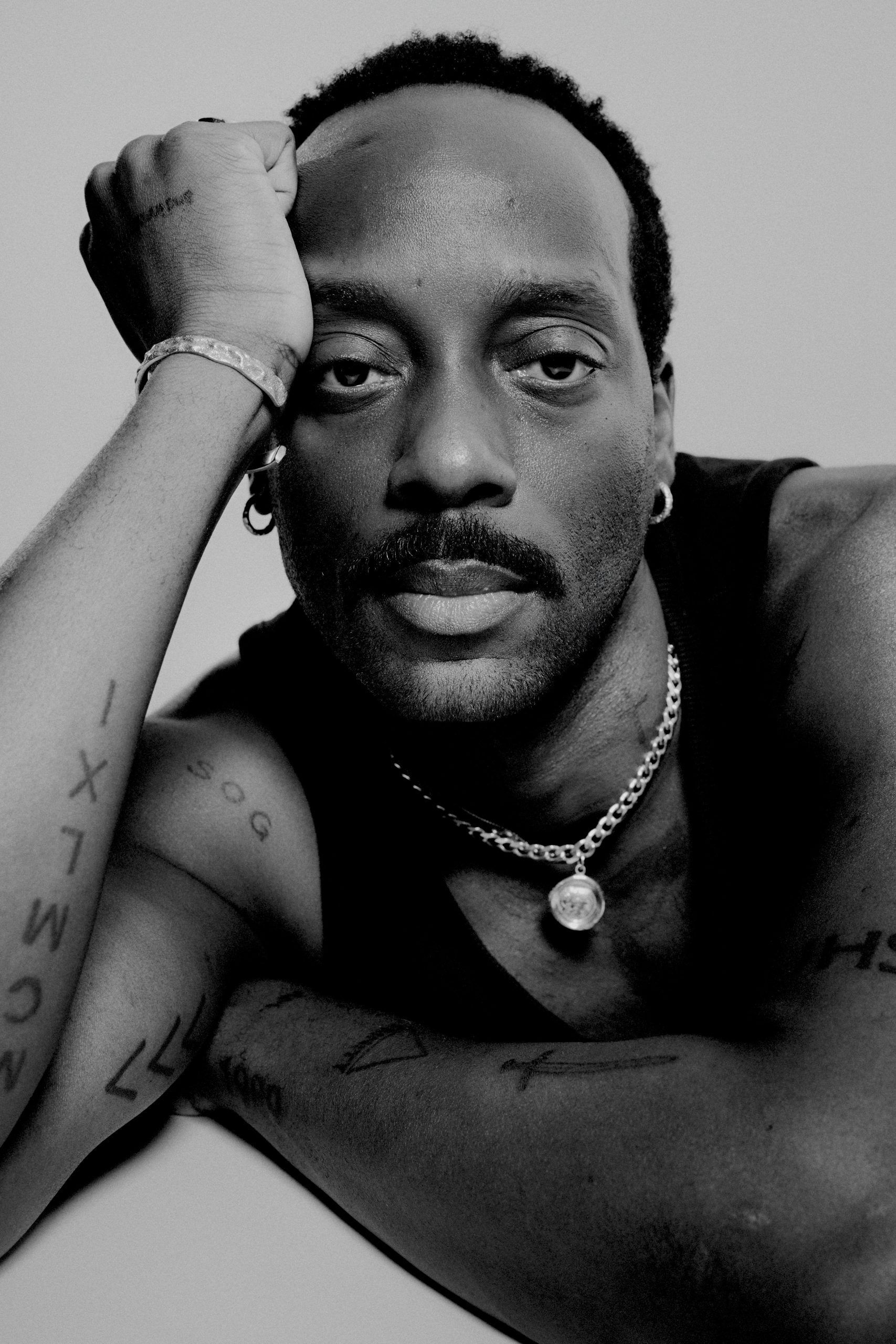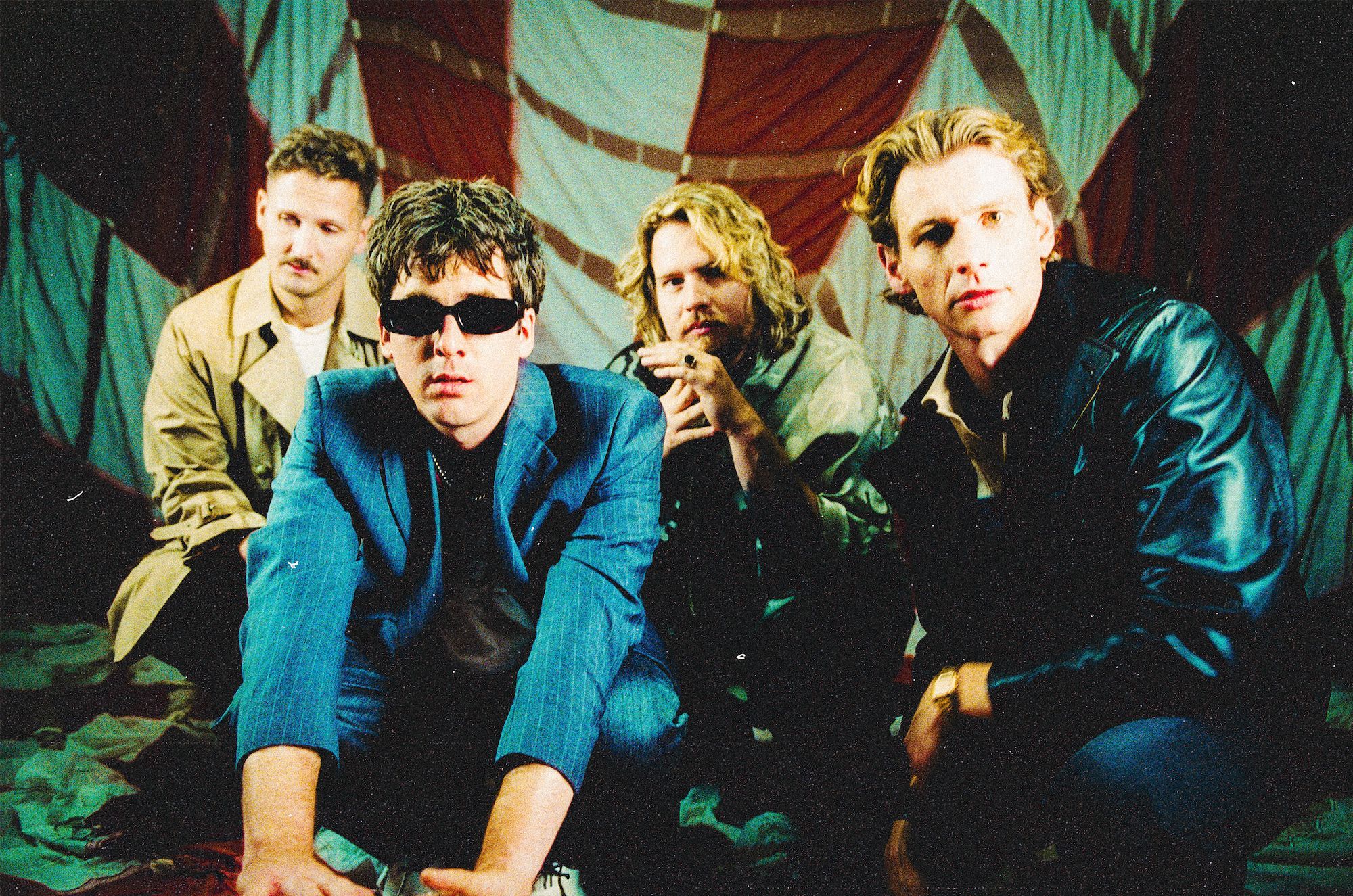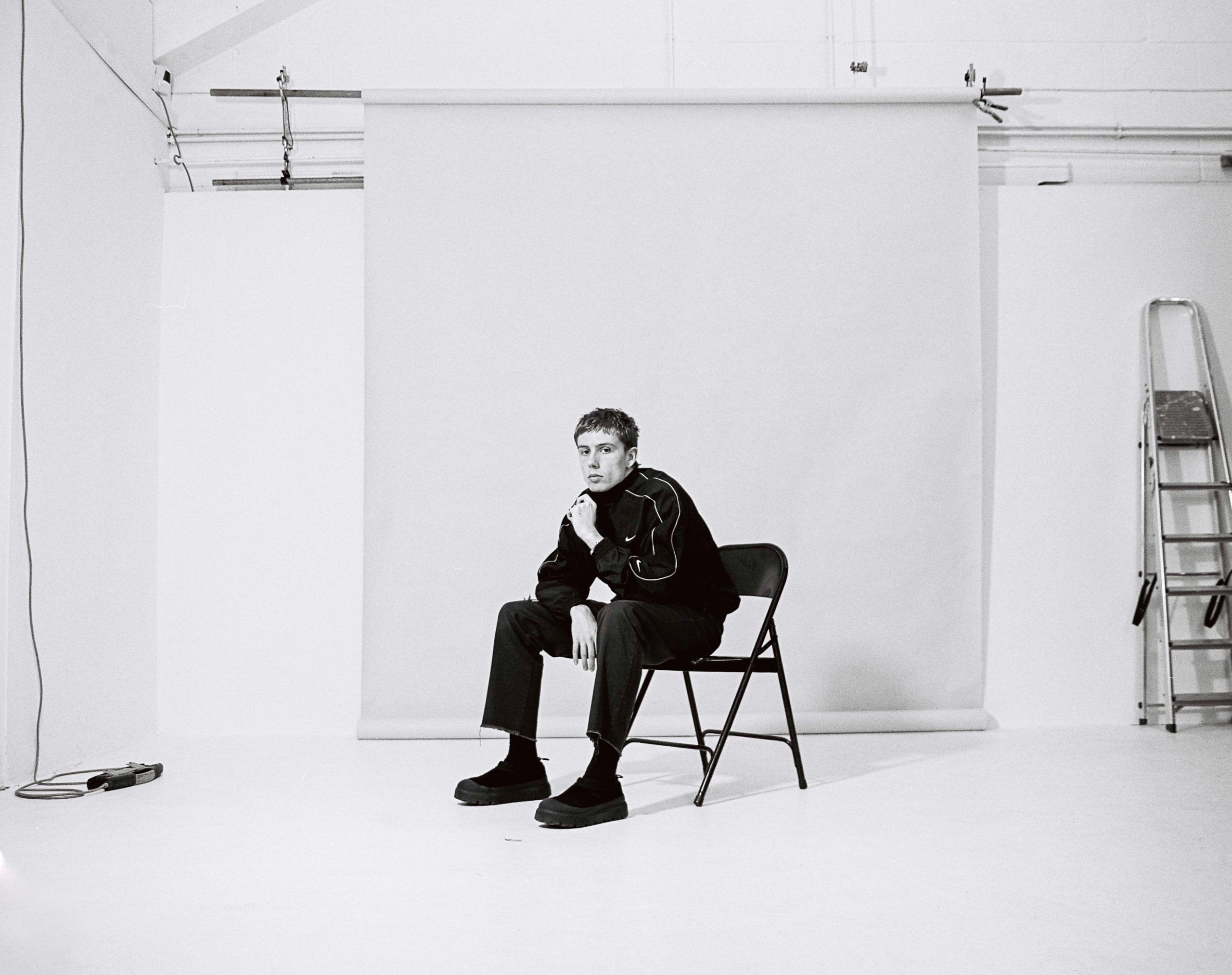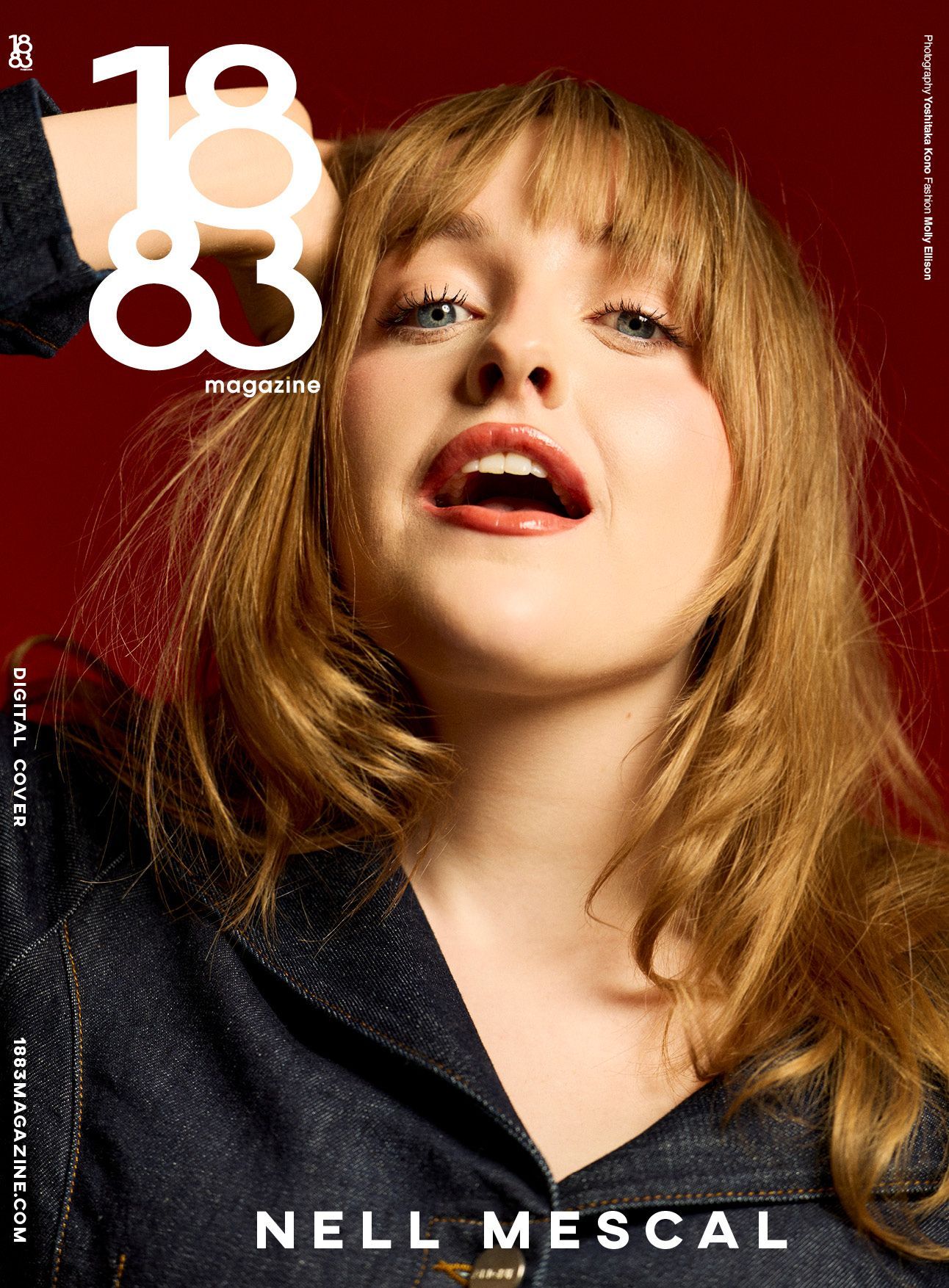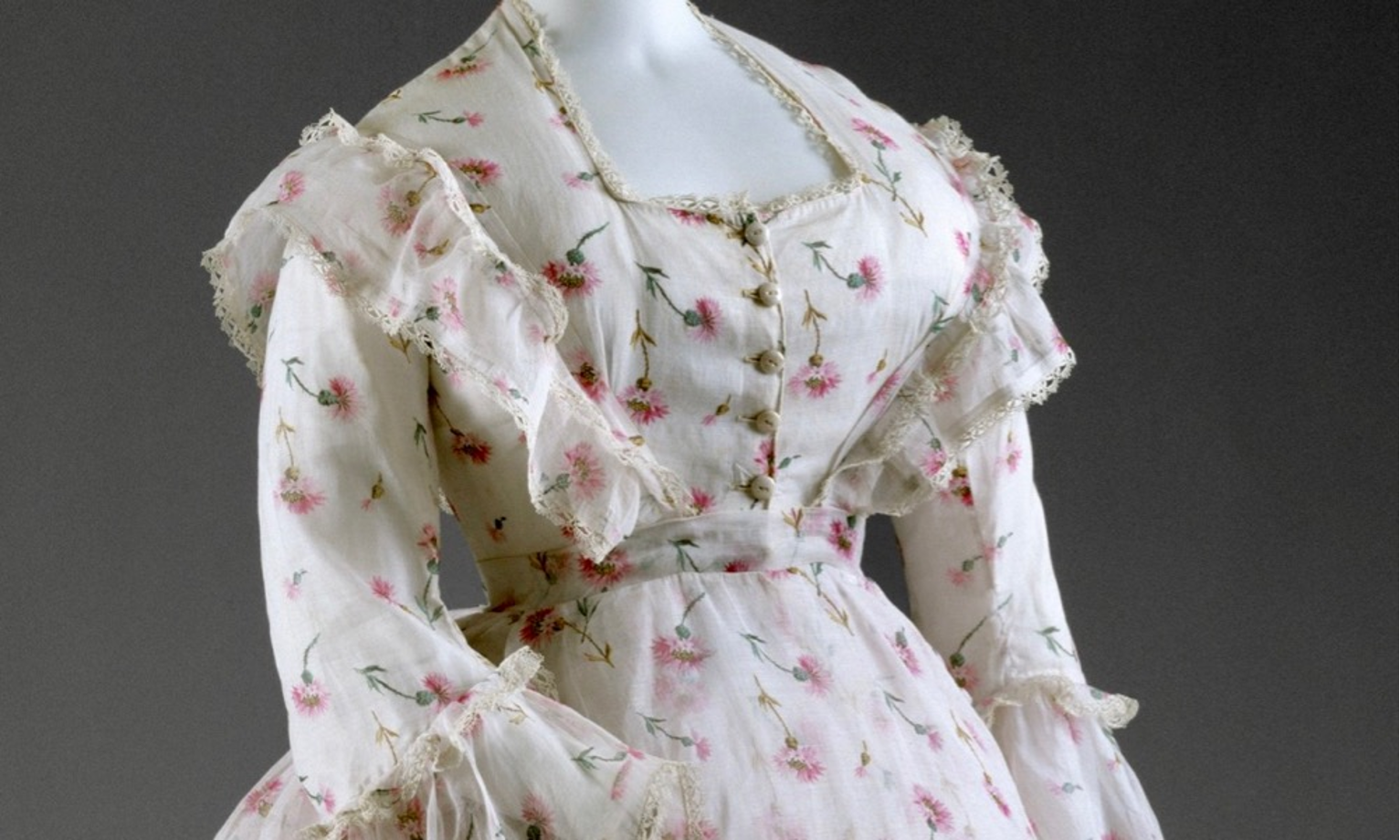
The Victorian Era (1837–1901), under Queen Victoria’s reign, marked a time of profound social, business, and cultural transformation. Among its many contributions to history, the era’s fashion, mainly Victorian Dresses, sticks out as an image of beauty, complexity, and social identification. From extensive skirts supported using crinolines to elaborate lace elaborations, Victorian attire has left an indelible mark on the fashion world.
Historical Context of Victorian Dresses
The Victorian Era: A Time of Transformation
The Victorian Era coincided with the Industrial Revolution, a length of enormous technological development that encouraged all elements of lifestyles, including Victorian Dresses. Before this period, apparel was predominantly homemade, but the arrival of business machinery allowed for quicker manufacturing and using numerous substances.
Fashion reflected societal adjustments, with strict regulations about appropriate attire for specific occasions, genders, and social lessons. Victorian Dresses have been specially recognized for their ever-converting silhouettes, dictated by evolving tastes and the advent of recent technologies.
The Influence of Queen Victoria on Fashion
Queen Victoria herself played a pivotal function in shaping the technology’s style. Her desire for a white wedding popularized white as the standard coloration for bridal attire, a fashion that persists today. Her fashion, characterized by using modesty and beauty, inspired countless girls to undertake demure but state-of-the-art apparel.
After the death of Prince Albert in 1861, Queen Victoria’s lengthy length of mourning brought about the good-sized adoption of black dresses as an image of grief, further solidifying the cultural significance of garb in expressing feelings and societal roles.
Role of Social Class in Victorian Dressing
Clothing became a key marker of social magnificence in the course of the Victorian Era. Upper-class ladies wore difficult gowns made of steeply-priced fabrics like silk and velvet, frequently embellished with tricky embroidery and lace. Middle-elegance women, even desiring to emulate these fashions, trusted less expensive substances and less difficult designs. Meanwhile, running-class ladies opted for realistic attire, reflecting their hard work and deep lives.
Despite these variations, certain traits, like the use of corsets and wide skirts, have been seen every day, showcasing the influence of excessive society on the overall style landscape.
Styles of Victorian Dresses
The Early Victorian Silhouette (1830s-1850s)
In the early years of Queen Victoria’s reign, attire featured bell-fashioned skirts, performed through carrying layers of petticoats. Corsets had been worn to create an exaggerated hourglass parent, emphasizing a narrow waist. Sleeves were often puffed, and necklines varied depending on whether the get dressed turned into daytime or night wear.
Day dresses had high necklines and long sleeves for modesty, at the same time as evening gowns showcased décolletage and shorter sleeves. This period pondered stability among femininity and restraint, in line with societal norms of the time.
The Crinoline Era (1850s-1860s)
Dresses became extra dramatic, with tricky styles and elaborations that highlighted the expansive surface location of the skirts.
During this era, floral motifs and vibrant colors have been famous, reflecting the Victorian Dresses love for nature and the effect of Romanticism. However, the crinoline’s length made it impractical for operating-magnificence ladies and led to its affiliation with wealth and enjoyment.
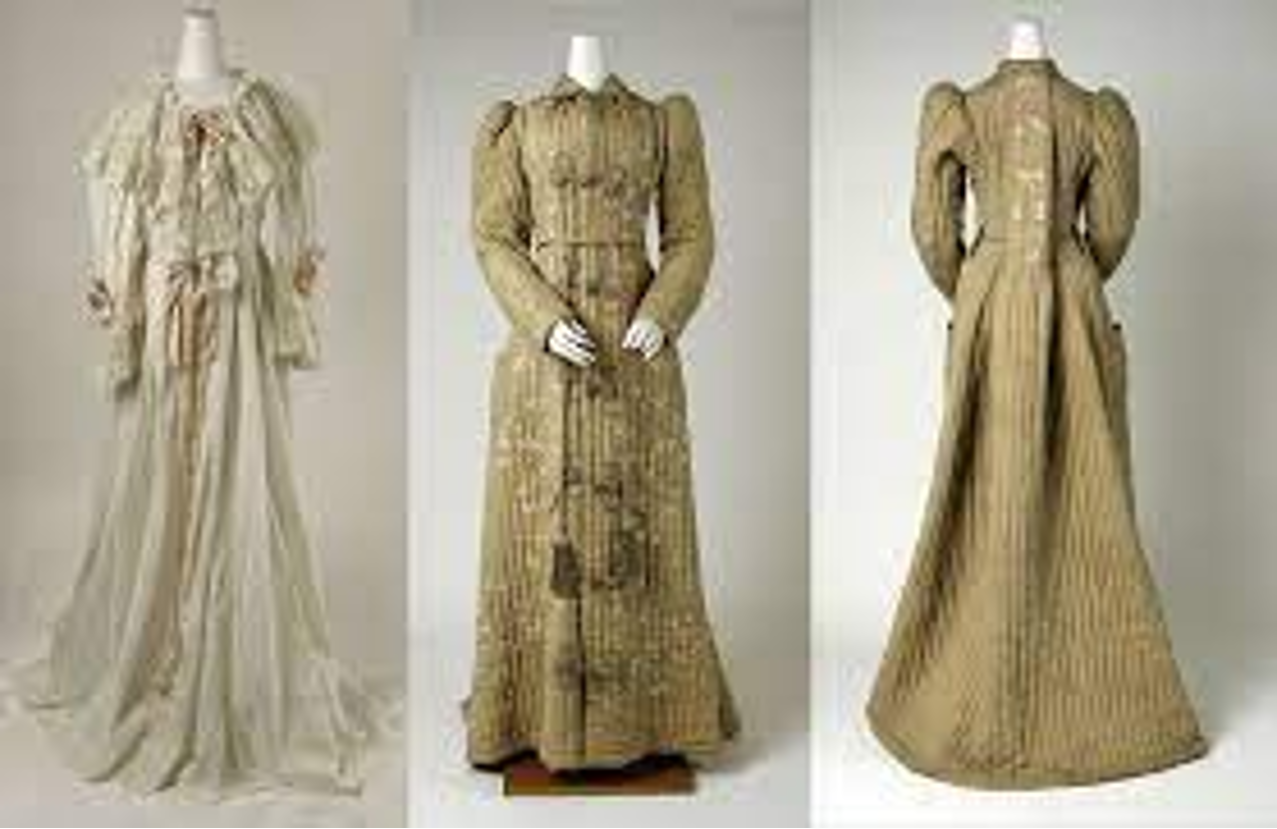
The Bustle Period (1870s-Nineties)
By the 1870s, the crinoline fell out of style, giving way to the bustle of a padded structure worn underneath the skirt to create quantity again. This trade shifted the silhouette, emphasizing the posterior instead of the width of the Victorian Dresses. Bodices have become extra shape-fitting, regularly providing intricate buttons and high necklines.
This length also noticed the upward thrust of polonaises, attire with overskirts that could be draped or tied up to show a contrasting underskirt. The designs became increasingly ornate, with an emphasis on luxury and detail.
Fabrics, Colors, and Embellishments
Common Fabrics Used in Victorian Dresses
Victorian clothes have been crafted from a big selection of fabric, each chosen based totally on the wearer’s class and the event. Upper-elegance women favored costly substances inclusive of silk, velvet, and taffeta, even as center-elegance girls depended on cotton and wool blends for affordability.
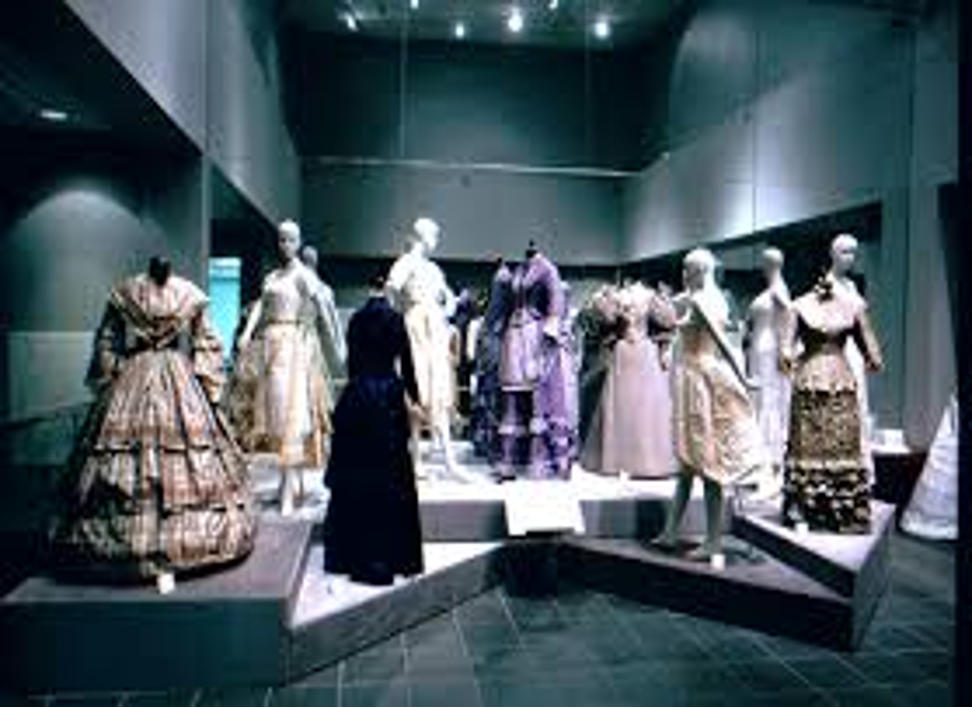
Lightweight fabrics like muslin and organdy have been famous for summer season attire, even as heavier substances like brocade and flannel have been preferred at some point in colder months. Fabrics frequently featured elaborate styles, inclusive of floral prints or jacquard designs, reflecting the Victorian penchant for elements.
Trends and Innovations in Victorian Fashion
Evolution of Undergarments and Corsets
While some critics condemned corsets for their restrictive nature, they remained critical for reaching the fashionable look of the time. Over the many years, corset designs developed, with metallic-boned versions becoming more common.
Petticoats, crinolines, and later bustles also played a key role in creating the exaggerated shapes of Victorian attire. These undergarments now not only introduced extent to skirts but also symbolized a female’s refinement and adherence to societal norms. As style traits shifted, so did the construction of these pieces, reflecting the ongoing innovation in textile and garment layout.
Influence of the Industrial Revolution on Clothing
The Industrial Revolution had a profound impact on Victorian style. Mass manufacturing strategies enabled the introduction of intricate fabrics and trims at decreased expenses, making complicated designs greater broadly available. Synthetic dyes, introduced in the 1850s, revolutionized the shade palette of fashion, supplying colorful and lengthy-lasting colorations that were formerly inconceivable.
These improvements didn’t just make apparel greater on hand in addition they extended the tempo of style developments. With new materials and strategies continuously emerging, Victorian attire advanced more swiftly than in any preceding technology.
Cultural Significance of Victorian Dresses
Representation of Morality and Modesty
The Victorian style changed into deeply intertwined with the technology’s moral values. Dresses have been designed to reflect modesty and propriety, aligning with societal expectancies of women’s conduct. High necklines, long sleeves, and layered skirts conveyed an experience of decorum, at the same time as corsets emphasized the ideal of femininity.
This cognizance of modesty prolonged the social means of attire. A girl’s dress was seen as a reflection of her person and upbringing, with any deviation from widespread norms risking social censure. In this manner, fashion served as both a personal and public assertion.
Victorian Fashion in Art and Literature
Meanwhile, literary descriptions of fashion in works through authors like Charles Dickens and Jane Austen offer rich insights into the cultural significance of apparel.
These inventive representations spotlight the position of fashion as both a visible and narrative tool, capturing the essence of Victorian society.
Legacy of Victorian Dresses in Modern Fashion
Victorian Elements in Wedding Gowns
The Victorian effect is mainly evident in bridal fashion. Queen Victoria’s desire for a white wedding dress in 1840 set a precedent that remains dominant in Western culture. Modern wedding robes frequently feature Victorian-inspired information, such as intricate lacework, long trains, and established bodices.
The romantic and nostalgic qualities related to Victorian attire lead them to a herbal fit for weddings, ensuring their persevered relevance in this unique context.
Popularity of Victorian Dresses in Costumes and Media
Victorian dresses are a staple in period dramas, myth movies, and historical reenactments. Movies and TV shows set in the 19th century, together with Pride and Prejudice or Downton Abbey, show off the splendor and complexity of Victorian fashion, bringing it to new generations.
Conclusion
Victorian attire is more than just ancient clothes; they may be a testament to the creativity, craftsmanship, and cultural values of technology. From their evolving styles and technological improvements to their deep cultural significance, those dresses replicate the complexities of Victorian society.
Even today, the Victorian style continues to encourage designers, filmmakers, and lovers, proving its enduring legacy. Whether as a symbol of romance in wedding ceremony robes or as an announcement piece in modern-day style, Victorian attire remains an iconic part of cultural creativity.

